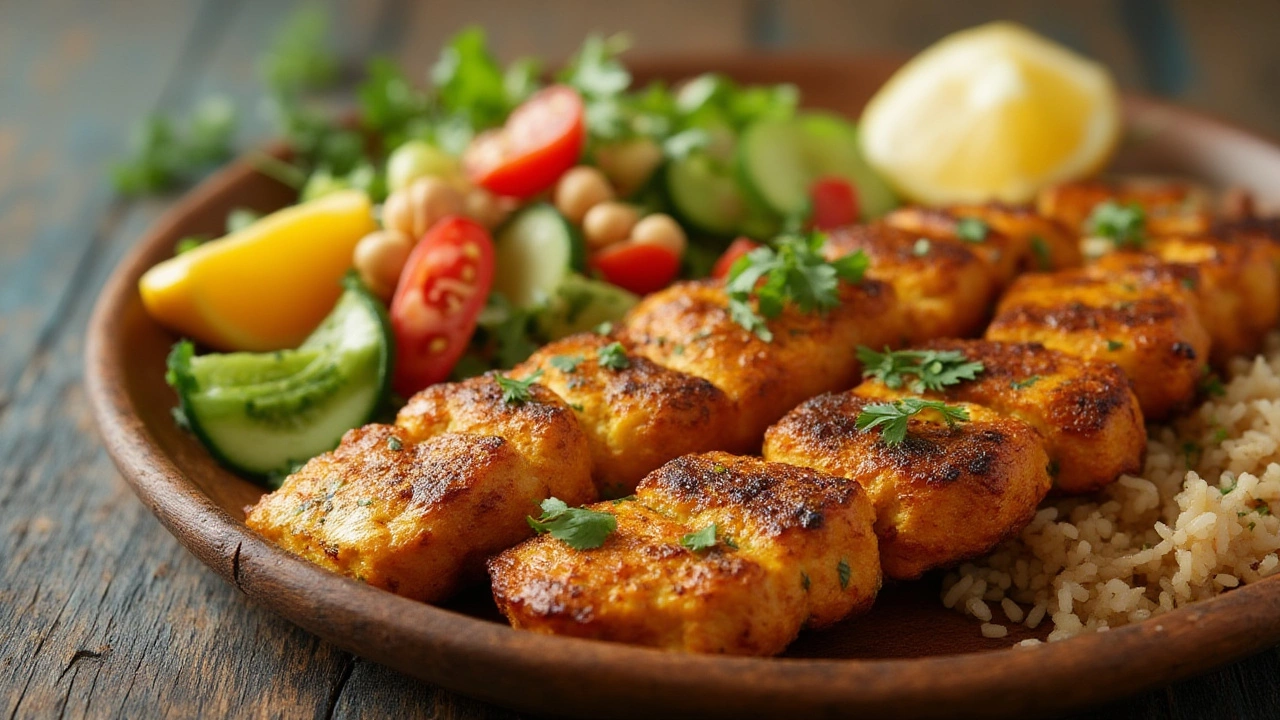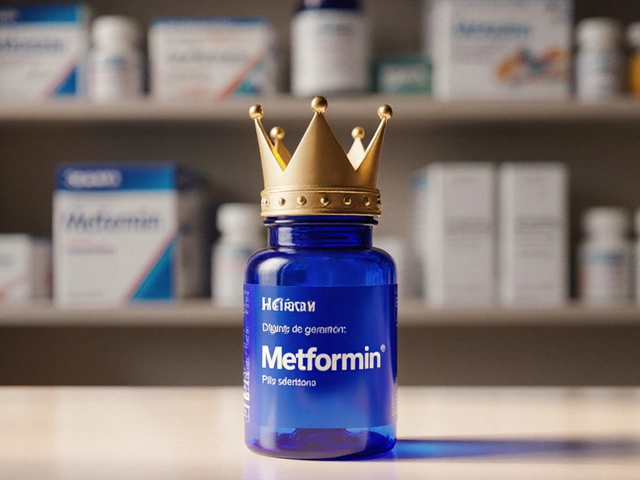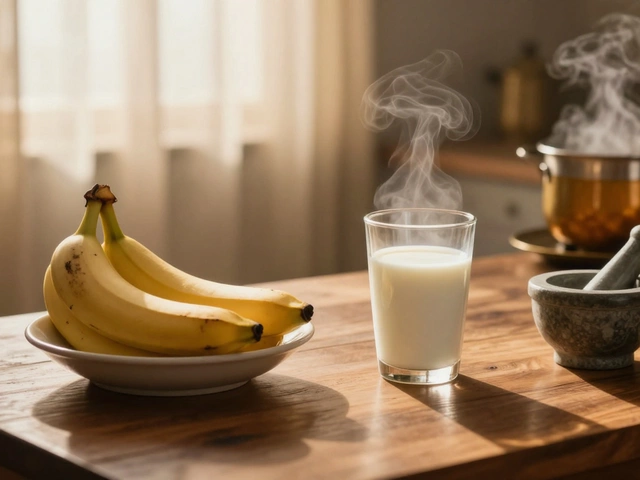If you’ve ever found yourself staring at the bathroom scale, wondering how some people seem to shed pounds like magic, you’re definitely not alone. The idea of dropping 20 pounds fast can sound like a dream, especially when every YouTuber yells about “miracle diets” and Instagram influencers flaunt their jaw-dropping before-and-afters. But here’s the hard truth—losing that much weight rapidly is tricky. It can be done, but you need more than just willpower; you need real strategy, clear facts, a dash of discipline, and maybe a little myth-busting along the way. Are you ready for the facts no one talks about and tips they wish you didn’t know?
Why Fast Weight Loss Has Everyone Buzzing—and What Actually Works
Everyone loves a good hack, but when it comes to fast weight loss, not every shortcut leads anywhere good. The “20 pounds in 2 weeks” promises are everywhere, but what do rapid results really look like? First, let’s get honest about why people want that fast change. For some, it’s about a wedding, a big vacation, or maybe just wanting to feel lighter when they look in the mirror. The demand for rapid results has given rise to countless products, diet trends, and workout gadgets. According to the CDC, safe weight loss is about 1-2 pounds per week. But let’s face it, most folks want to double or triple that speed. So what works if you’re aiming a little higher—but don’t want to wreck your health or gain it all back?
Crash diets can gut your energy and often leave you losing water, not fat. You’ll drop those numbers on the scale, but end up with the same body fat percentage once you start eating normally again. Fad diets like the Cabbage Soup Diet, master cleanse, or “no carb for a month” have been around for ages, but studies show 85% of people who lose weight this way regain it—sometimes with extra. The keto diet, for instance, does show rapid water weight loss in week one due to carb restriction, but those early drops aren’t all fat. Real fat loss takes time, so let’s talk about what the science and successful weight losers actually do.
If you’re really serious about losing 20 pounds fast, you want to combine high-protein diets, smart calorie restriction, and a lot of water—mixed with sleep and movement. Forget fancy pills; research published in JAMA shows meal tracking and daily calorie awareness make a difference—no matter which diet you use. Think of your body as a car: your engine eats energy, but if you park it all day and keep fueling up, you won’t go anywhere. The National Weight Control Registry, tracking over 10,000 long-term losers, found these folks log food, weigh in, eat breakfast, and move daily. They skip the extremes.
So how about some specifics? If you want fast weight loss, you need a calorie deficit. Most men burn between 2,200 and 2,800 calories a day, women a bit less. Dropping 20 pounds means cutting around 70,000 calories (since a pound of fat is roughly 3,500 calories). That’s a lot! But that’s where the right routines can give you the fastest safe results.
The Best Diet Strategies to Drop 20 Pounds—What Actually Makes the Difference
Let’s get real about food—because this is where almost everyone gets tripped up. The fastest way to burn through fat is to eat fewer calories—but that doesn’t mean starving yourself or eating bland food ‘til you crack. Meal prep is king when you’re trying to lose a big chunk of weight quickly. When you plan protein-packed meals—think grilled chicken, Greek yogurt, cottage cheese, lean beef—you naturally feel full on fewer calories. Adding greens, berries, or roasted veggies fills your plate with volume but not calories. Research from the University of Sydney found high-fiber foods help you feel fuller longer, decreasing the cravings that bomb most diets.
Cutting out sneaky sugars is mandatory. Most of us eat way more sugar than we realize. A grande Starbucks frappuccino, for example, has more than 50 grams—basically your whole day’s sugar limit. That sneaky sugar is hiding in sauces, dressings, and packaged snacks. Skip the soda; drink plain water, black coffee, or sparkling water. Harvard researchers found adults who switched only their beverages from sugary to water lost up to five pounds over 12 weeks—without even trying nuts-and-bolts meal plans.
The low-carb “keto” or intermittent fasting (16:8 window, maybe eat between noon and 8 p.m.) almost always cause early rapid weight loss, but you have to stick with high protein to avoid muscle loss. Keto diets lower insulin, forcing the body to burn stored fat, but the effort is wasted if you binge on weekends. Intermittent fasting works for many too, by limiting eating windows without strictly policing food types—great for folks who hate calorie counting. If you want fast results, try combining higher protein, reduced refined carbs (think bread, rice, sweets), and either fasting or keeping your “eating window” to 8 hours a day.
Here’s a simple sample daily plan:
- Breakfast: Scrambled eggs with spinach and a pinch of cheese. Black coffee or tea.
- Lunch: Grilled chicken salad with avocado, olive oil, and lemon dressing.
- Snack: Handful of strawberries or apple slices, maybe a hard boiled egg.
- Dinner: Baked salmon, roasted broccoli, or mixed veggies.
Avoid processed foods, chips, sugary cereal, and those “healthy” snack bars that are just candy in disguise. Meal prepping on Sunday for the week stops you from giving in to last-minute cravings.
Don’t just take my word for it. Check out this table with popular diet plans and their average first-month weight loss:
| Diet Plan | Average 4-Week Weight Loss | Notes |
|---|---|---|
| Low-Carb/Keto | 8-12 lbs | Most weight lost is water in week one |
| Intermittent Fasting | 6-10 lbs | Works better with high protein meals |
| Standard Calorie Tracking (500/day deficit) | 4-8 lbs | More gradual but sustainable |
| VLCD (very low calorie, medical supervision) | 10-20 lbs | Risky without a doctor, not for long-term use |
If you’re trying to lose 20 pounds in a month or two, the safest bet is a mix of higher protein, limited carbs, real veggies, and consistent meal timing. Skip pill-pack diets—unless you’ve got doctor’s orders.

Maximizing Exercise for Rapid Fat Loss—What Helps and What’s Useless
Mistake number one: people think they can “outrun” a bad diet. That’s just not the case. Exercise absolutely helps in burning calories, but on its own, it’s never as powerful as changing what you eat. Ever notice those marathon runners who still carry a few extra pounds? It’s all about the kitchen. That said, exercise does crank up your metabolism and makes you feel better, sleep better, and hold onto lean muscle as you lose fat (so you don’t get saggy or weak).
Which workouts really help you drop pounds the fastest? High-intensity interval training (HIIT) wins the award for torching the most calories in the least time. We’re talking about short bursts—maybe 30 seconds of sprinting, burpees, jump squats, or mountain climbers—followed by 30-60 seconds of easy pace. Do a session for 25 minutes three times a week, and studies show you burn equal or more fat than someone jogging an hour daily. HIIT also stimulates your body to keep burning calories for hours after you stop (that’s called EPOC or afterburn), making it perfect for time-stretched folks who want fast results.
But don’t ditch strength training. Lifting weights keeps your metabolism high, especially as you get older and muscle naturally drops. The American College of Sports Medicine says adults should strength-train every major muscle group at least twice per week. Muscle tissue burns more calories than fat, even while you’re zonked on the couch. Think compound moves—like squats, push-ups, pull-ups—that work lots of muscles at once. And don’t obsess over long gym sessions. Even 20-30 minutes, three or four times a week, makes a difference.
For people who honestly can’t stand the gym, walking actually works wonders if done right. Fast-paced walks for 45 minutes a day can mean 250-350 extra calories burned. Do that every day and you’re at a weekly deficit of about 2,000 calories. Mix in standing whenever possible, take the stairs, park further, and those little bits add up. Some folks even use a standing desk and pace during phone calls. It all counts.
Hydration matters more than you think, too. Sometimes you’re “hungry” but actually just need a glass of water. Studies show people who drink a tall glass of water before meals eat up to 13% fewer calories at a sitting. Try setting a timer to remind yourself to take a swig every hour.
- HIIT: 20-25 minutes, 3x per week
- Strength training: 2-3x weekly
- Walking: 45 minutes, daily
- Active choices: stairs, parking, short walks, stretch breaks
Don’t overlook rest, either. Overtraining or grueling daily cardio can lead to burnout or even injuries. Give your body at least one full rest day a week. Active recovery—like easy yoga or a gentle swim—can ease soreness and help you stick with your plan.
Staying on Track and Keeping the Weight Off—for Good
Losing the weight is hard, but keeping it off is the real magic trick. Why do so many people rebound after fast weight loss? Some crash so hard on strict diets that even a bowl of cereal seems like a major cheat. Your body is wired to resist rapid change; after you lose fat, hormones like ghrelin go up (making you hungry), while leptin (the fullness hormone) goes down. That’s why a maintenance plan matters way more than the diet itself.
One tip from real-world losers: keep some structure even after you hit your goal. Weekly meal prepping and weighing in helps you keep those new habits alive. Tracking food isn’t forever, but beginners getting used to changes will benefit the most here. Try different tracking apps or a simple notepad—just the act of writing makes you more aware.
Don’t forget the support squad. Studies from the University of Pittsburgh say those who lose and keep it off have a network: friends, family, or online groups that keep them honest. If you’re going solo, consider sharing a weekly step challenge with a buddy, or snap photos of your meals and send them to each other. Sounds goofy, but it works.
Your sleep patterns affect everything. Researchers at the University of Chicago proved that people dieting with less than seven hours of sleep per night lost less fat (and more muscle) than those getting enough rest. Start aiming for 7-9 hours. Caffeine after 2 p.m. can make it harder, so try herbal tea instead before bed.
What about cheat days? If you’re sticking with a plan 90% of the time, the occasional treat won’t sink your progress. The key is to avoid all-out binges, which can undo a whole week’s work in a single pizza night. Try “cheat meals,” not cheat days, and remember that craving passes after a bite or two. Don’t bring those treats home if you can’t stop at one.
Sticking with smarter choices goes a long way. Here’s a quick checklist:
- Prep meals and snacks each week
- Weigh in once a week, same time, same scale
- Work out with buddies or join a group for accountability
- Make sleep a non-negotiable
- Hydrate, especially before meals
- Celebrate progress with non-food rewards—new shoes, a movie, a massage
Special mention for folks dealing with plateaus: don’t panic. Weight tends to stall every 2 to 3 weeks as your body adjusts. If you’re stuck for more than 10 days, try mixing up your exercises, cutting out one extra snack, or dropping portion sizes for a week. Your body is smart, but a few tweaks usually jolt things back on track.
One last thing: weight fluctuates daily with water, salt, and even hormones. Don’t obsess if the scale jumps by two pounds after pasta night. If trends are going down week to week, you’re winning. And remember, losing 20 pounds is about more than just fitting into old jeans. You’ll sleep better, move better, and probably live longer. And that’s worth more than any number on a scale.

 ADHD in Adults: Unpacking the Dark Side
ADHD in Adults: Unpacking the Dark Side
 Top Diabetes Medication: Why Metformin Leads the Pack
Top Diabetes Medication: Why Metformin Leads the Pack
 Is Ashwagandha Safe? What You Really Need to Know Before Taking It
Is Ashwagandha Safe? What You Really Need to Know Before Taking It
 Affordable IVF Clinics in the United States: Finding the Best Options
Affordable IVF Clinics in the United States: Finding the Best Options
 Foods That Should Not Be Eaten Together According to Ayurveda
Foods That Should Not Be Eaten Together According to Ayurveda